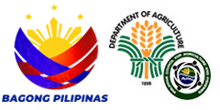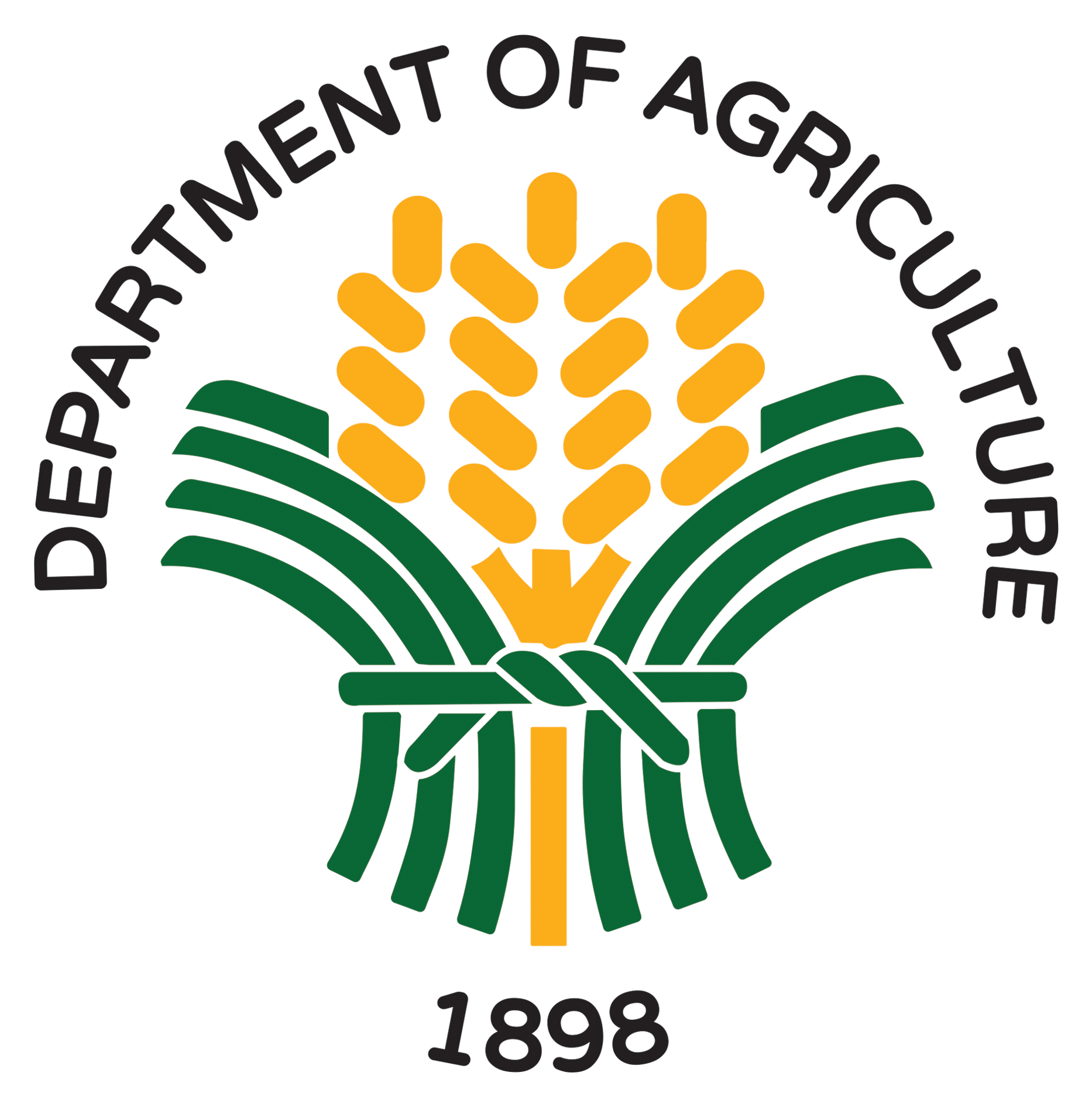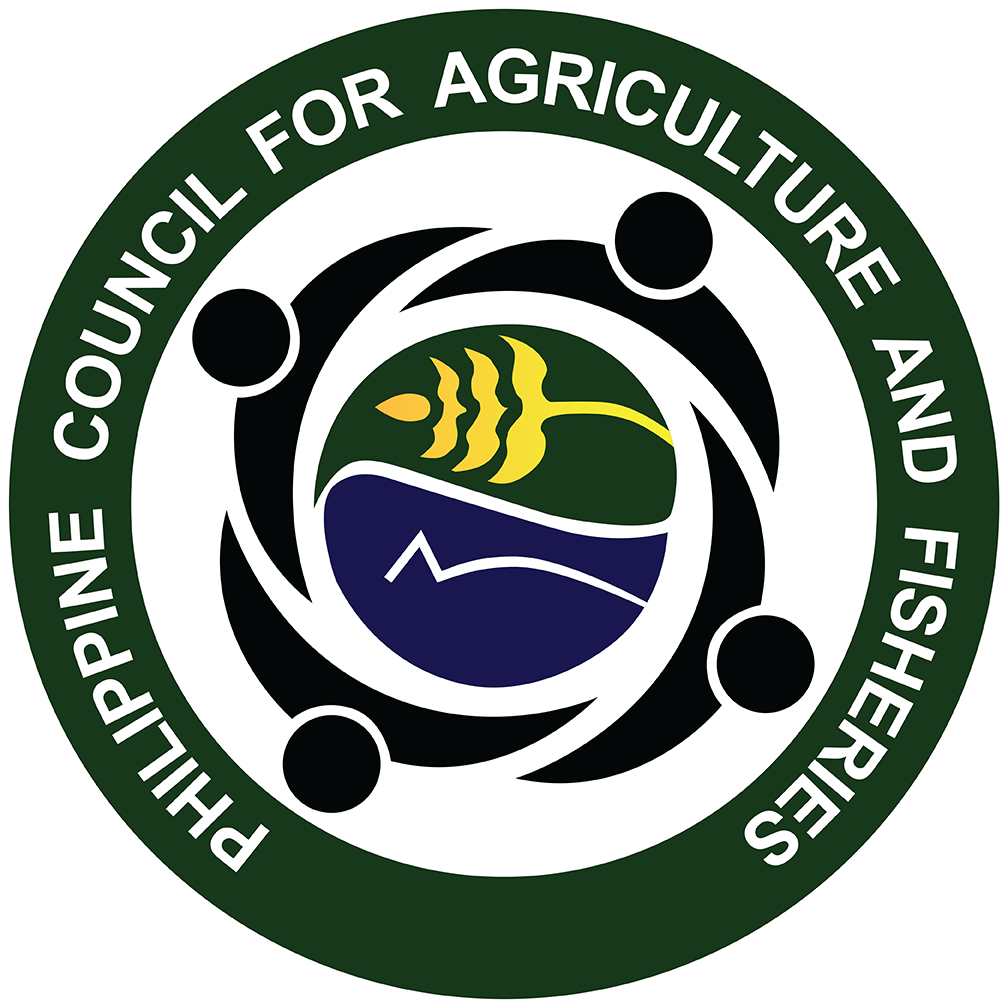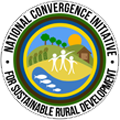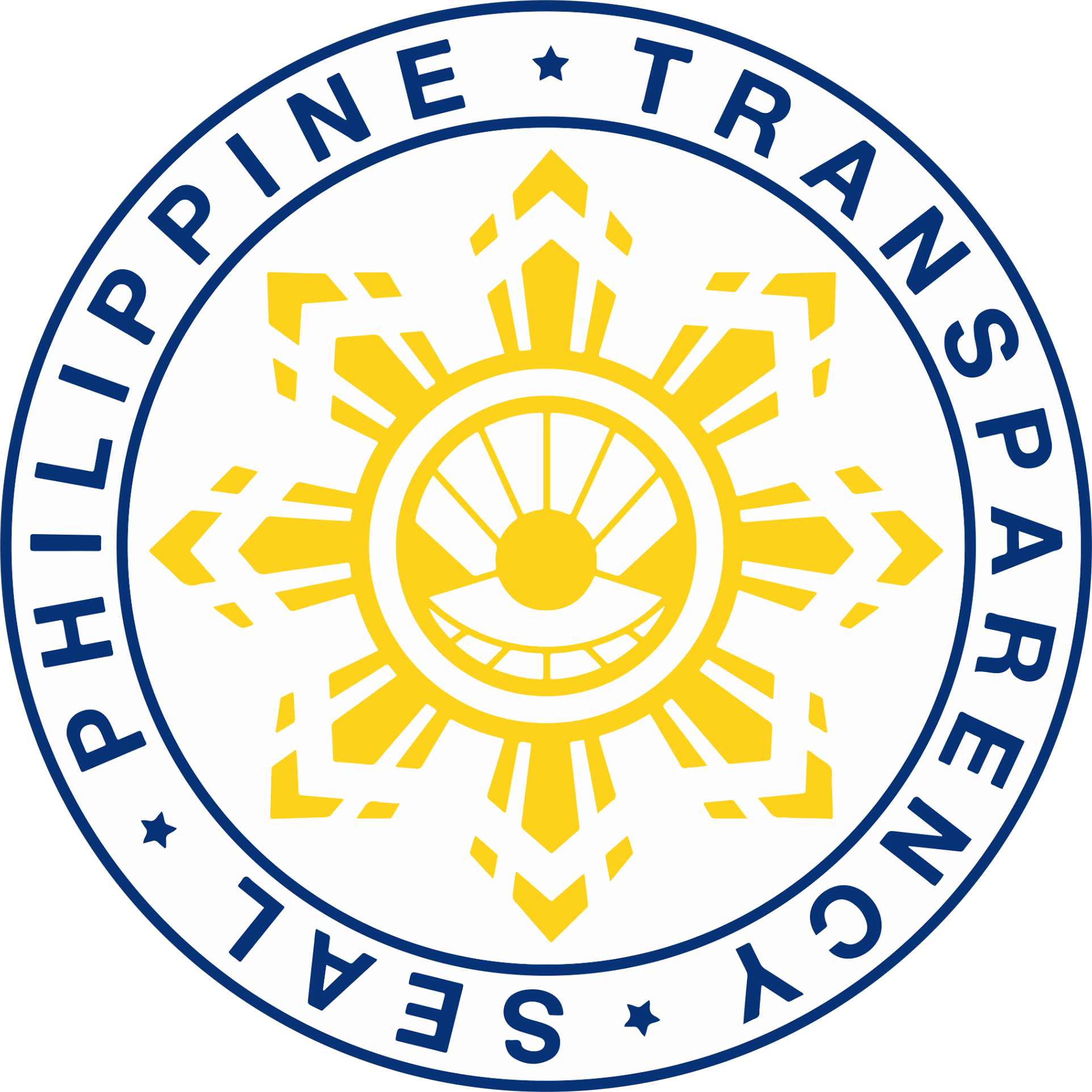
For the first time, Agriculture Secretary Emmanuel Piñol gathered on February 12 the chairpersons and representatives of the Philippine Council for Agriculture and Fisheries’ (PCAF) private sectors and reported the growth of the agriculture and fisheries sector for the past five years.
Sec. Piñol, along with other Undersecretaries and Directors, highlighted to Department of Agriculture’s partners from the private sector stakeholders, composed of the National Sectoral and Strategic Concerns Committees (NSSCCs) and Agricultural and Fishery Councils (AFCs), the registered 4.0 percent growth in the agriculture and fisheries gross value added (GVA) in 2017, recovering from 1.4 percent decline in 2016.
GVA is an economic productivity metric that measures the contribution or growth of a specific sector to an economy.
This is in line with the Philippine Development Plan (PDP) 2017-2022 that aims to reduce poverty from 21.6% in 2015 to 14% by 2022. According to Sec. Piñol’s report, it has exceeded PDP’s targets for the agriculture and fisheries, crops and poultry despite the PhP8.2 billion-worth agricultural damage in 2017.
“Despite these damages, the department learned to implement adaptation strategies that we will continue this 2019,” said Sec. Piñol.
Among these strategies are the adjustment of planting calendar in the Northern Luzon area and the “Southern Swing” approach, which involves the opening and development of 300,000 hectares of new rice farms in areas outside the typhoon path.
Aside from the updates, Sec. Piñol also mentioned that efforts to increase food production will depend on the availability of healthy soil, good sunlight, and more importantly, with the availability of water.
With this, the NSSCCs and AFCs passed two resolutions that will make 2019 as the year of Water for Agriculture and recommending to the Philippine Congress the passing of a legislation for the establishment of Solar Water Impounding Projects for each barangay in the rural communities across the country.
10 PILLARS OF AGRICULTURE AND FISHERIES
The Secretary also presented the 10 pillars of the agriculture and fisheries that ensure the long-term vision of the government for the sector will be achieved.
- The launch of the National Color-Coded Agriculture, Farm-to-Market Roads, and Fisheries Guide Map on March 7, 2017.
The map, which is available at www.farmersguidemap.gov.ph, helps farmers and fishermen analyze the country’s farming and fishing efficiency as well as land use.
- In 2017, DA started the National Food Consumption Quantification Study with the United Nations- Food and Agriculture Organization. The study will focus on determining the food requirements of Filipinos 50 years from now.
- With the conduct of the Quarterly Budget Utilization and Disbursement Review anchored on the policy “Government Money Unspent is Service Undelivered”, the Department improved the budget utilization. It has recorded 94% on the budget obligation in 2018 and 86% on the cash disbursement based on the Notice Cash Allocation.
- Under the Agricultural Credit Policy Council, DA consolidated all the credit funds that includes the Production Loan Easy Access (PLEA), Program for Unified Lending to Agriculture (PUNLA), Survival and Recovery (SURE) Loan Assistance, and Agriculture and Fisheries Machinery and Equipment (AFME) Loaning Program.
- DA also established and strengthened the strategic and effective post-harvest, storage, and processing facilities for the farmers and fisherfolks.
These include the operationalized PhP800 million Benguet Vegetable Trading Center, Constructing PhP800 million Agdao farmers market, activated 200 rice processing facilities, and establishing ice-making and cold storage in 100 fishing communities.
- Government-initiated and supported aggressive marketing campaign especially for high-value crops.
The department, through its bureaus and attached agencies, spearheaded TienDA, e-TienDAko.com, and campaigns done through foreign marketing and advertising. It also forged marketing agreements between Indigenous People, processors of Ube, Kamote, and Onion farmers with major supermarkets in the country like SM and Rustans.
- A national livestock, dairy, and poultry program.
For 2019, the National Dairy Authority will buy 1,500 heads of dairy cow and about 10,000 heads of dairy goats. Aside from the dairy program, backyard poultry and duck raising program will be implemented nationwide.
- The Department also intensified its campaign in the enforcement of fisheries laws, implementation of closed fishing season, establishment of the second phase of vessel monitoring system, and the integrated marine and environment monitoring system.
- The re-introduction of basic agriculture in the primary and elementary grades of the Philippine school system to emphasize the value of the land, water and seas, and the maximum but practical use of these resources.
There is an on-going validation of list of young farmers trained in Israel and Japan for engagement in local agricultural and fisheries activities to be funded by the department.
- The Department also invested in an intensive technology updating and sharing, modernization and mechanization program.
Aside from the pillars, the Secretary also give updates on the Farm-to-Market Roads, Small-scale irrigation systems, postharvest facilities, logistics and transport, and easy access credit.
“With all the interventions that the Department made and currently making, I always tell to the President that agriculture is not just about producing food today. It is also about ensuring that there will be food for the next generation,” said Sec. Piñol.-JC
